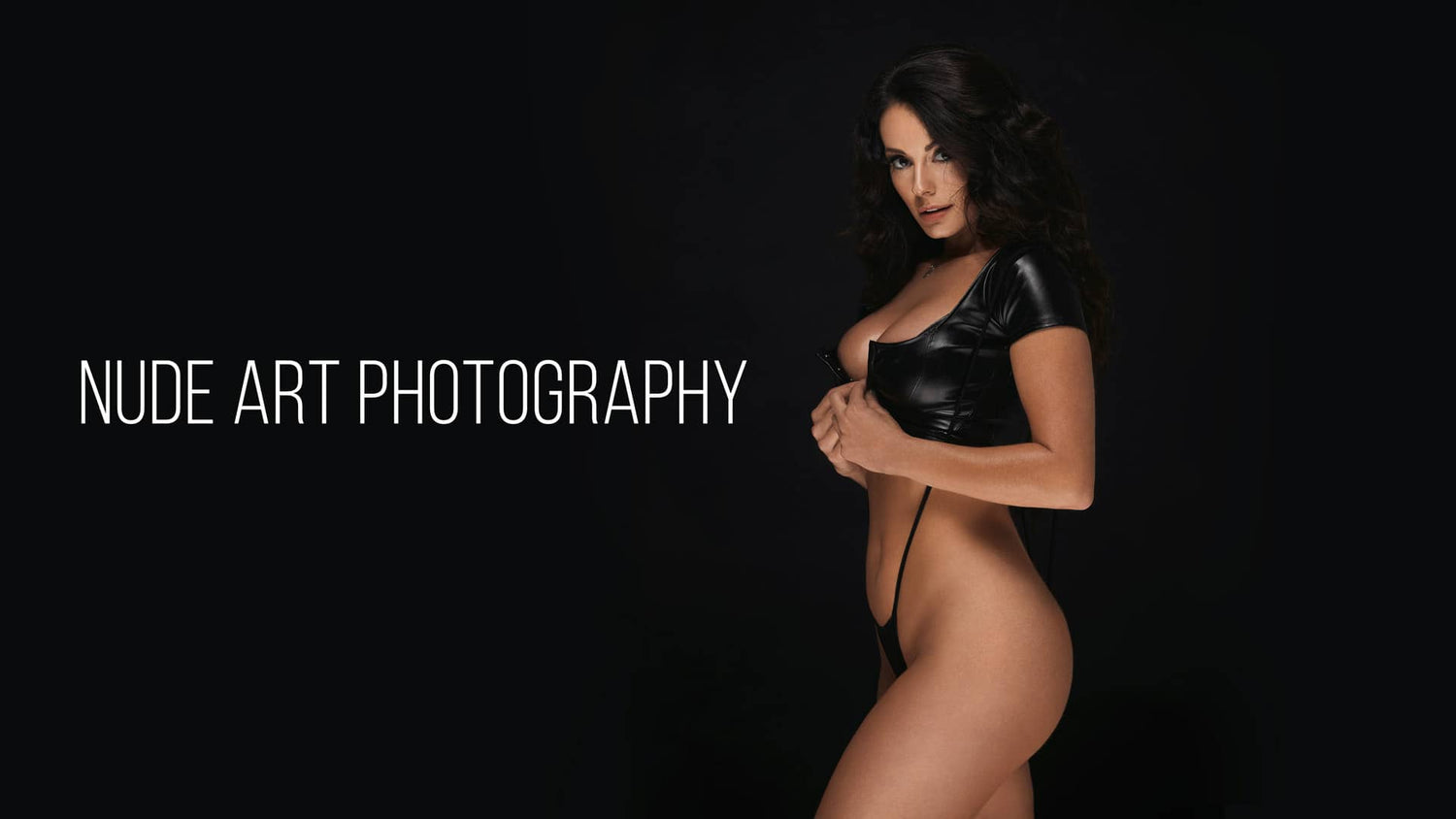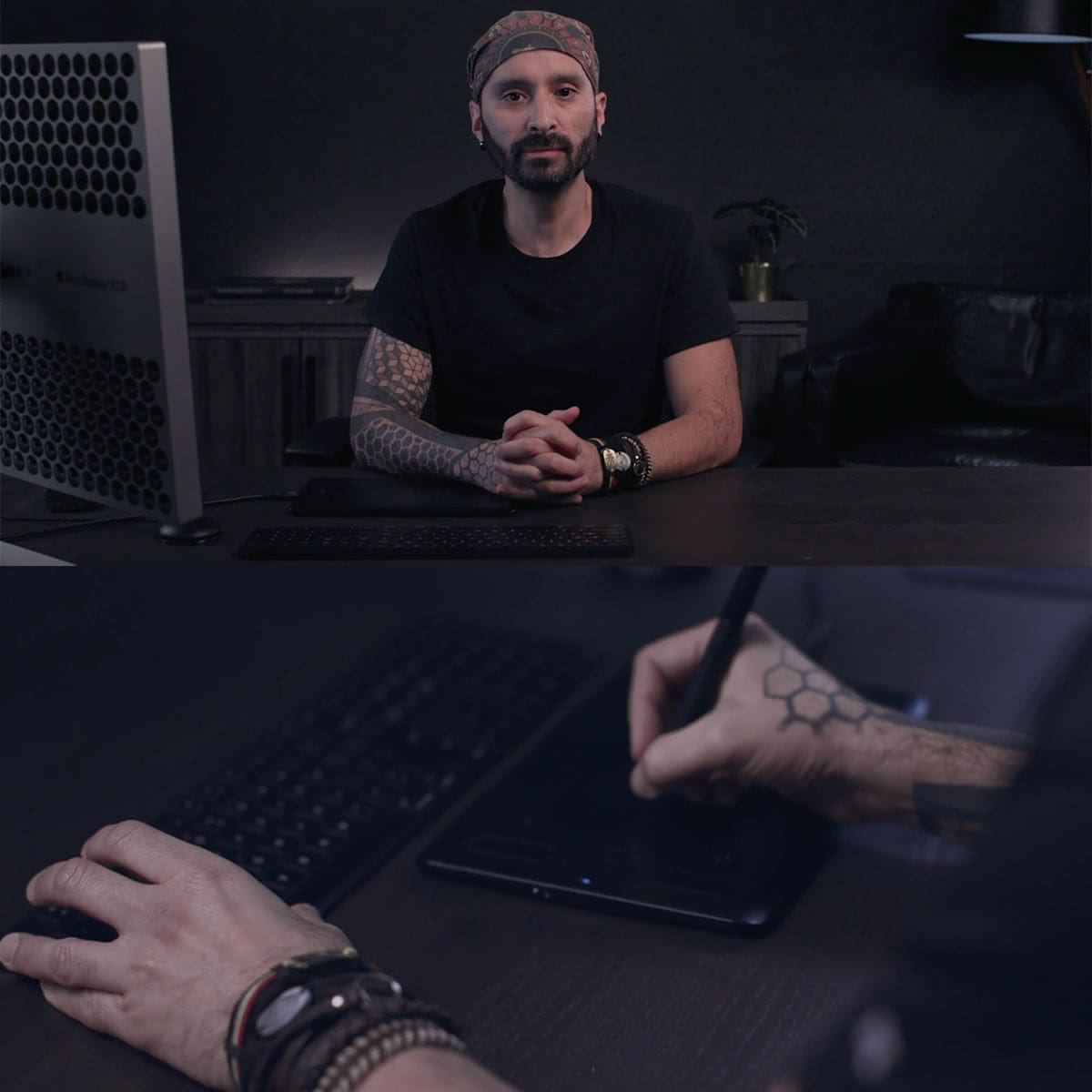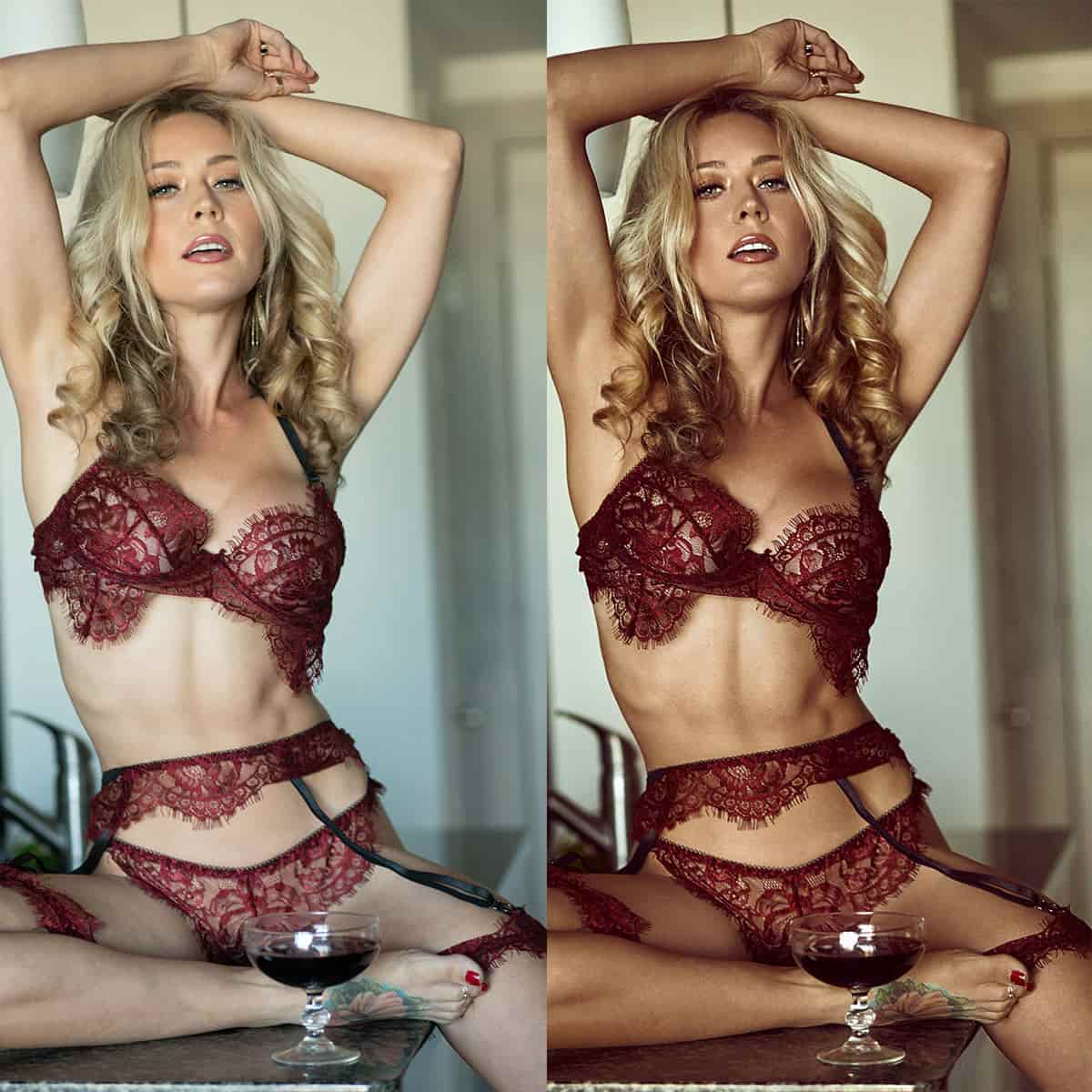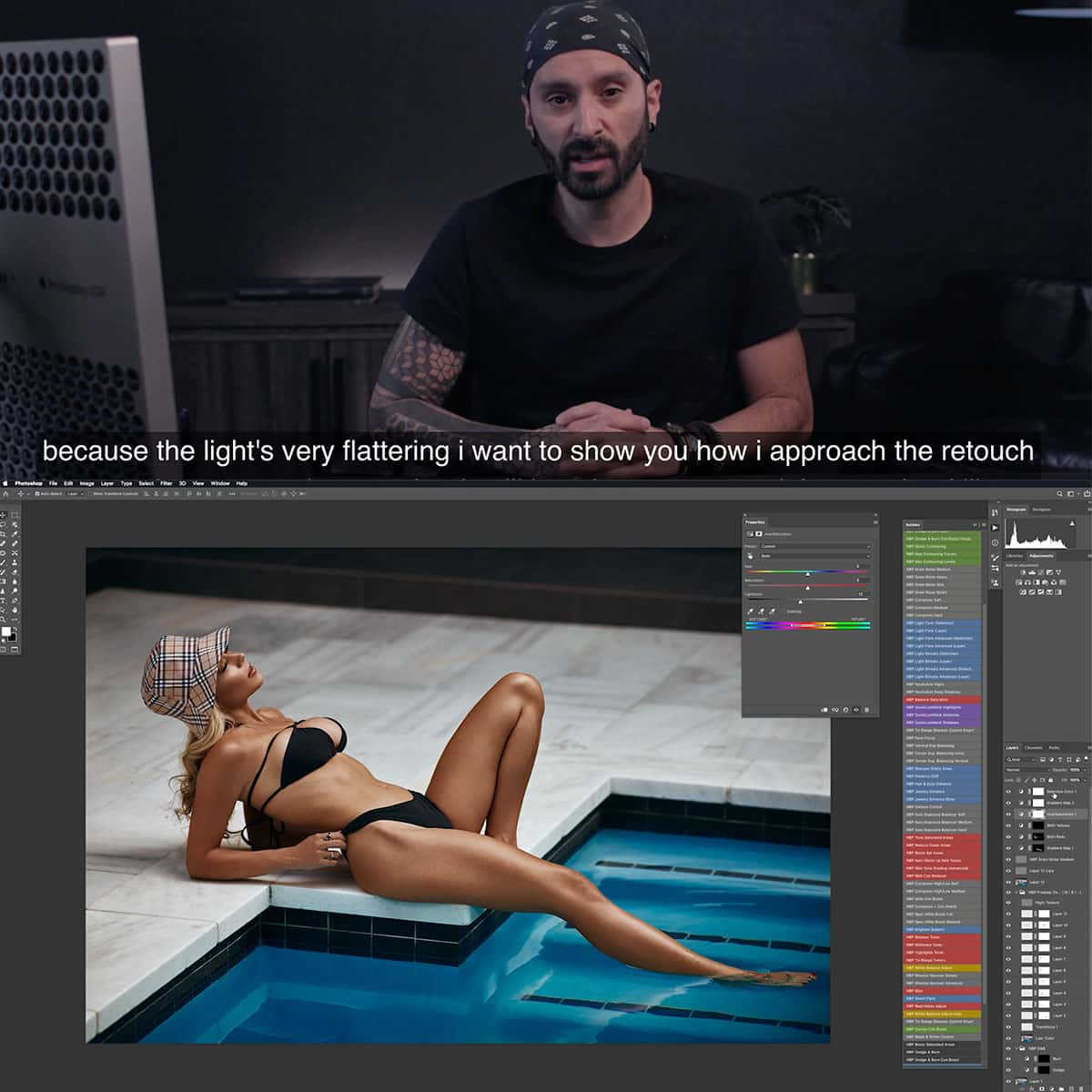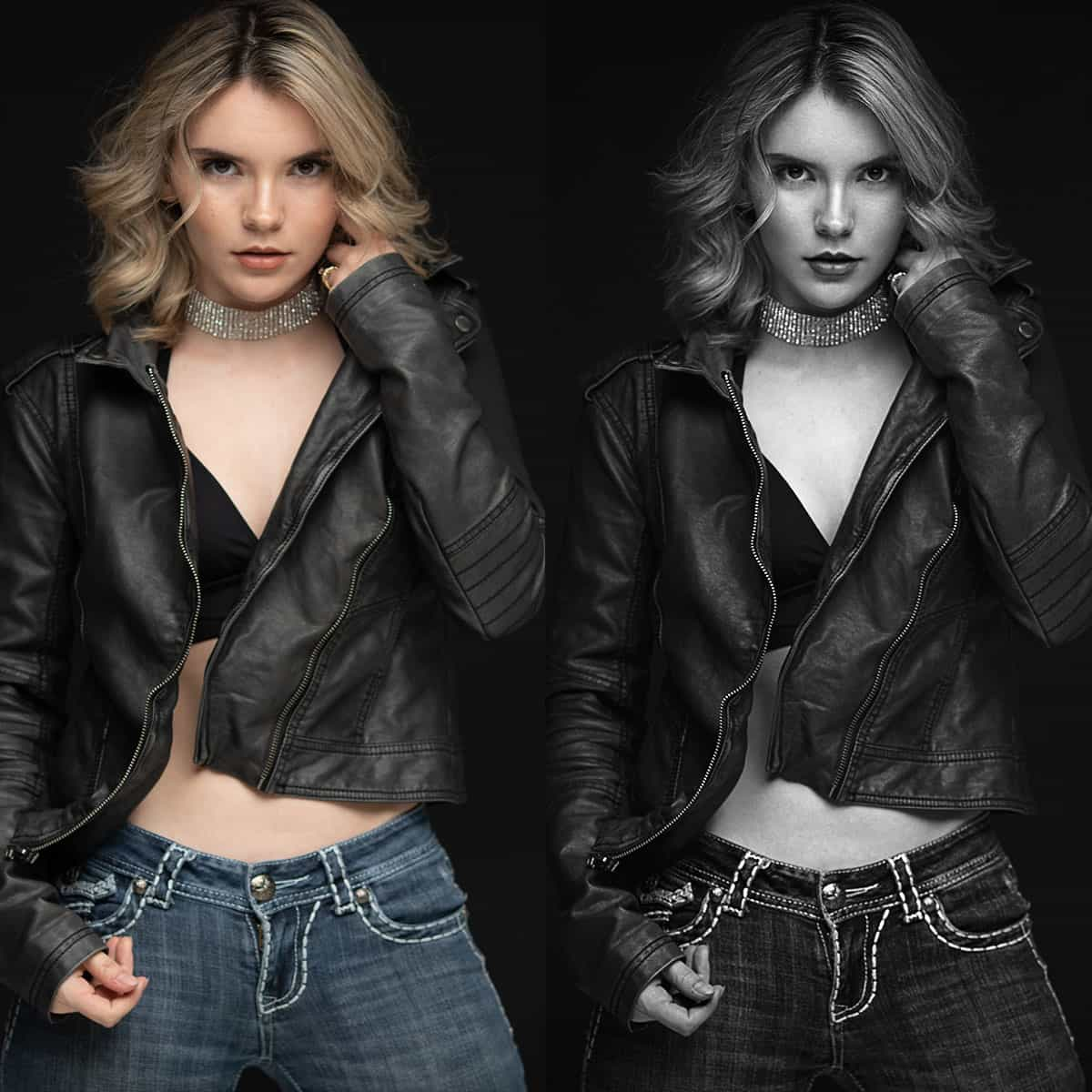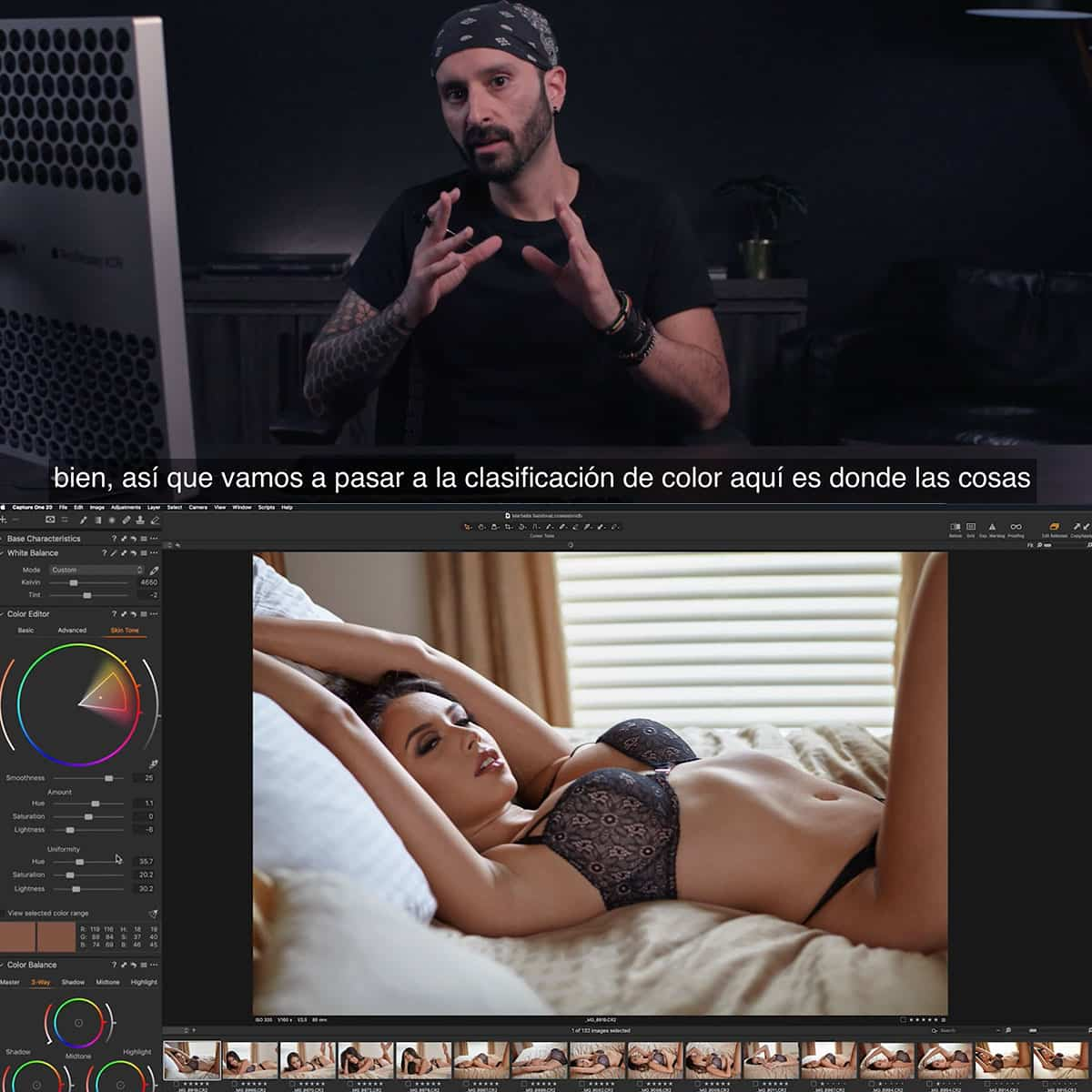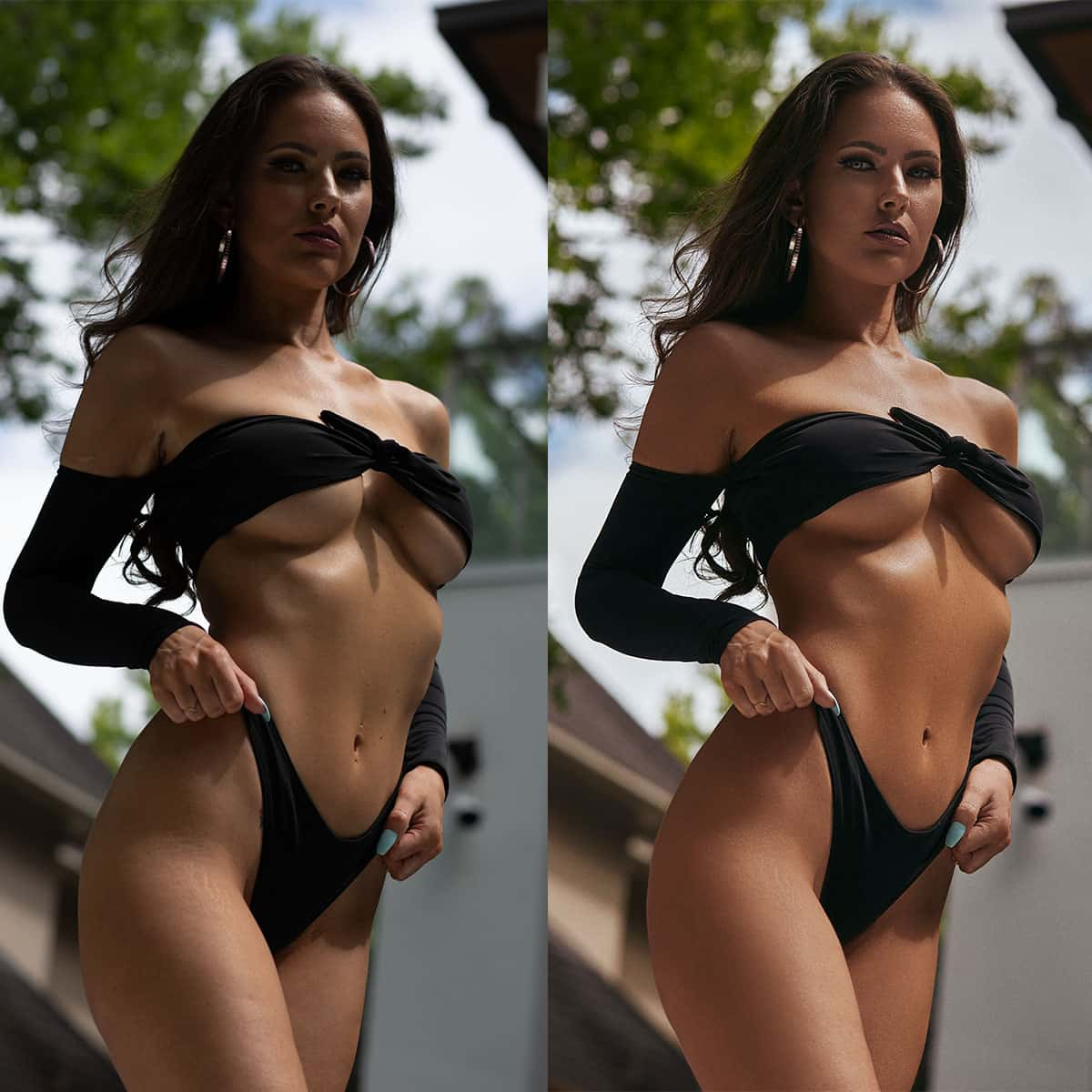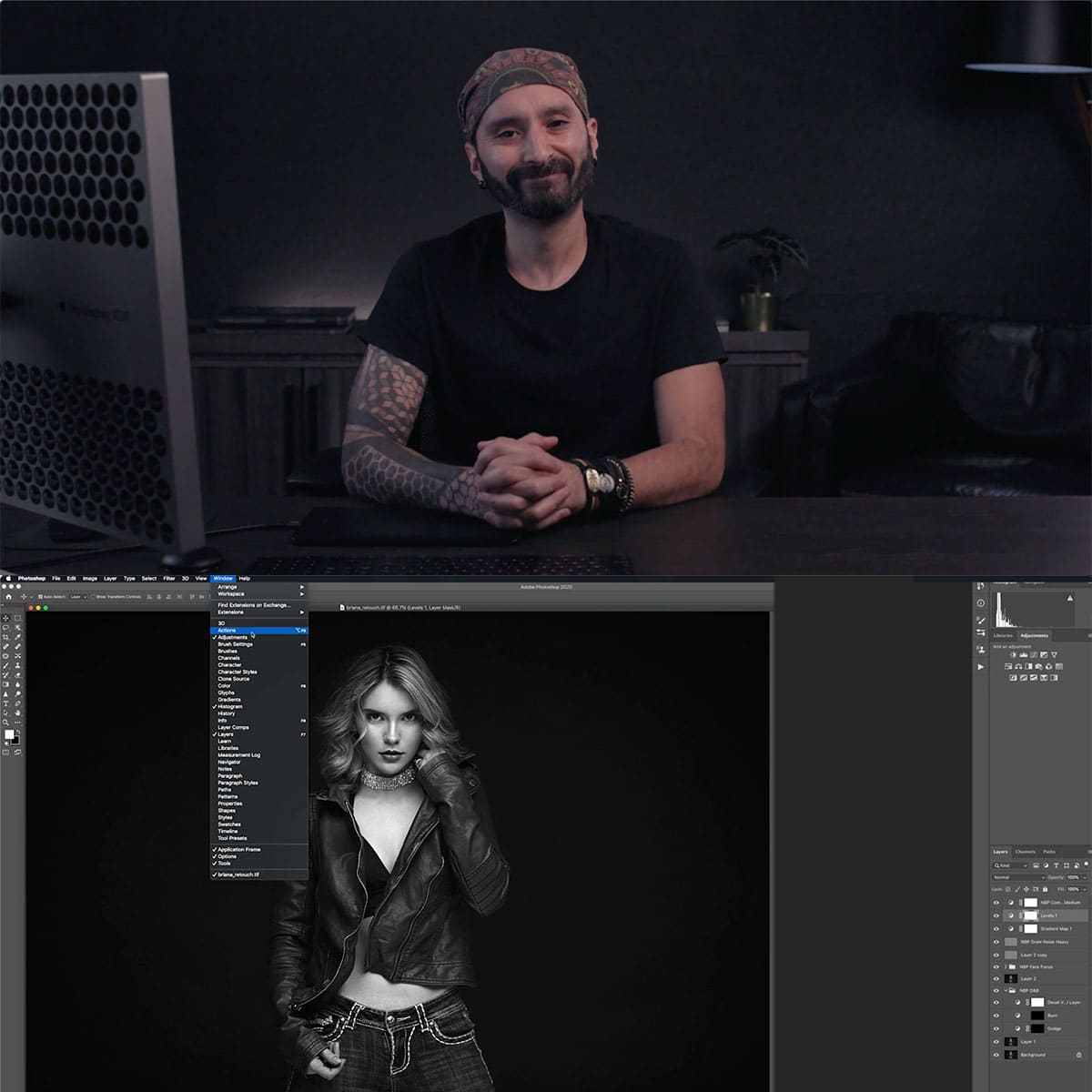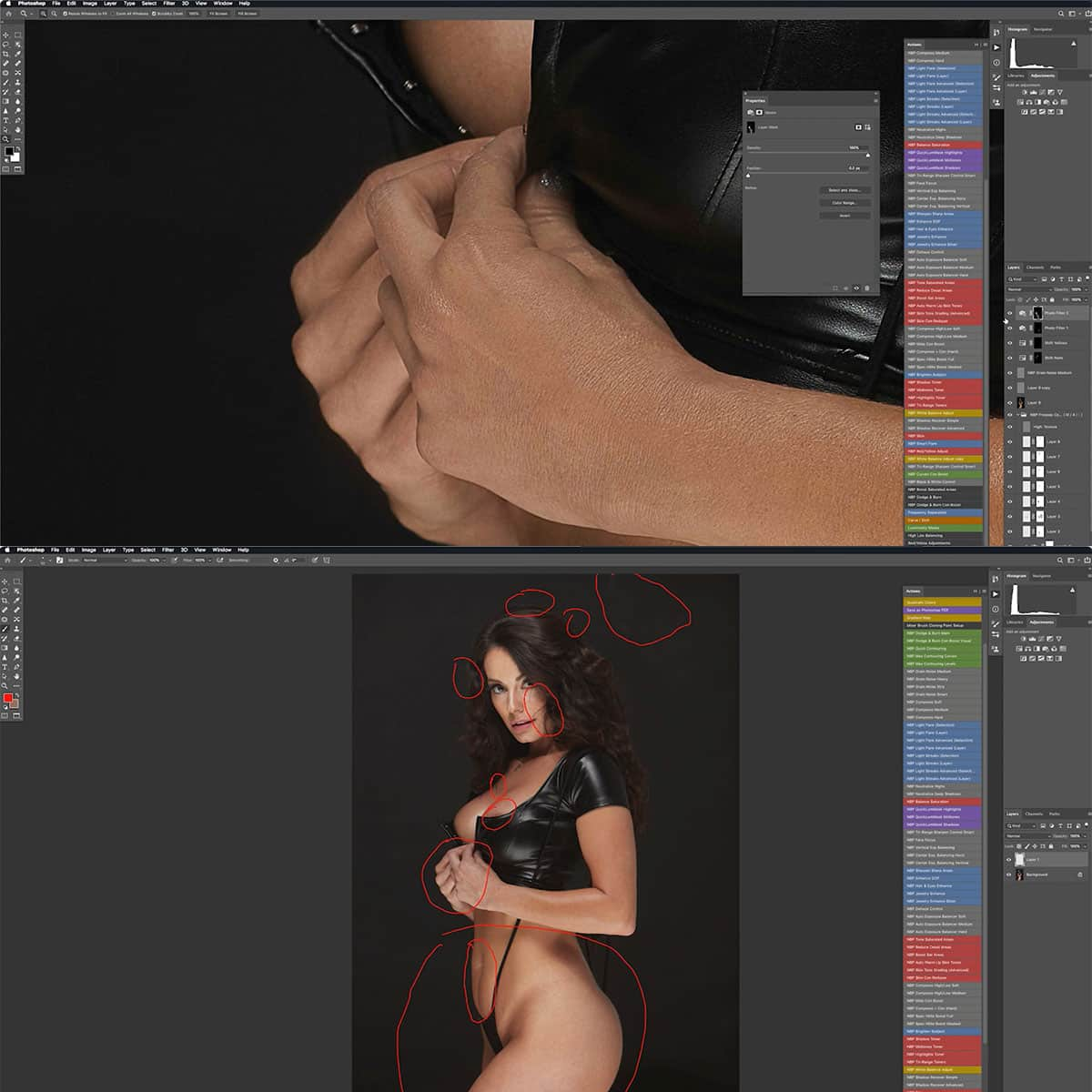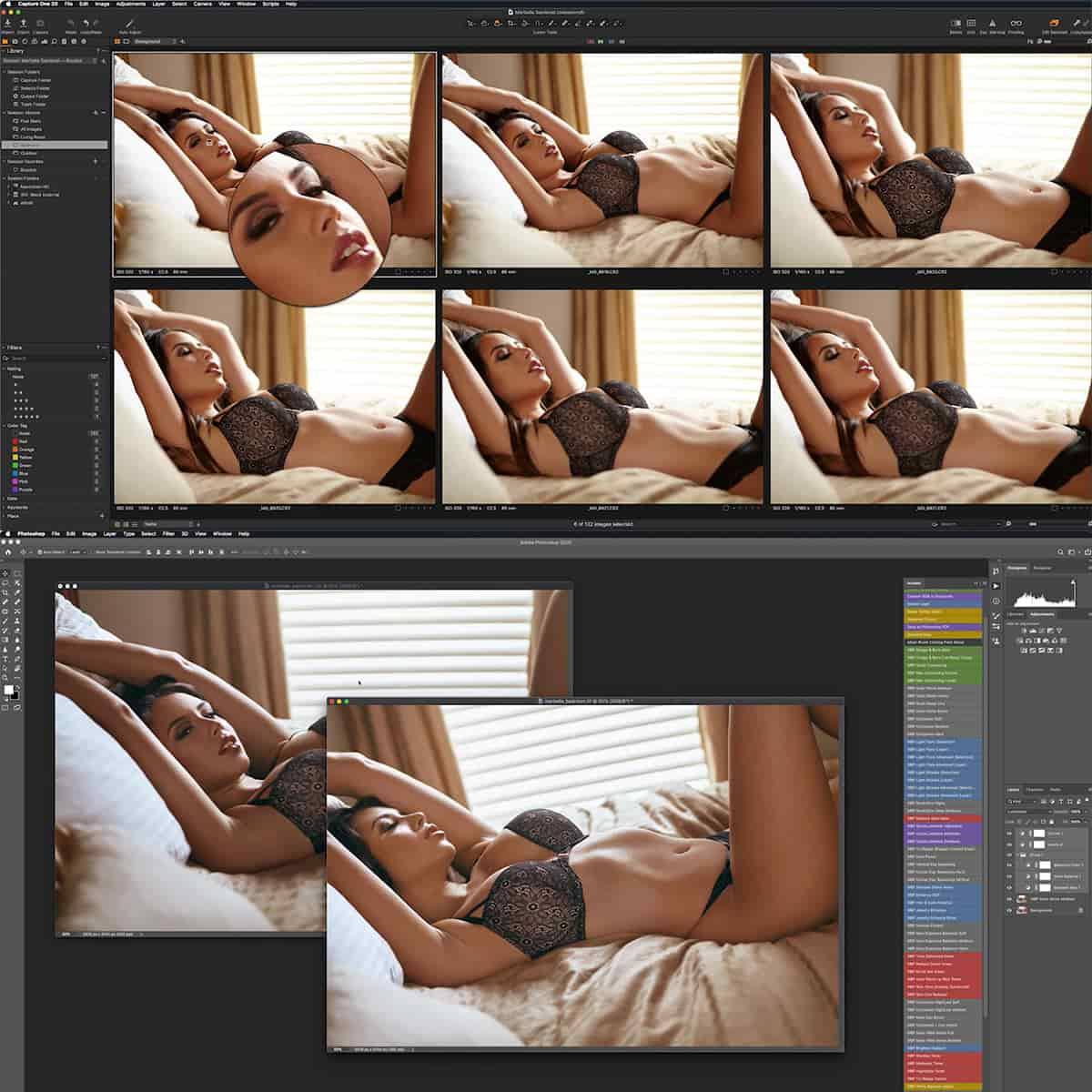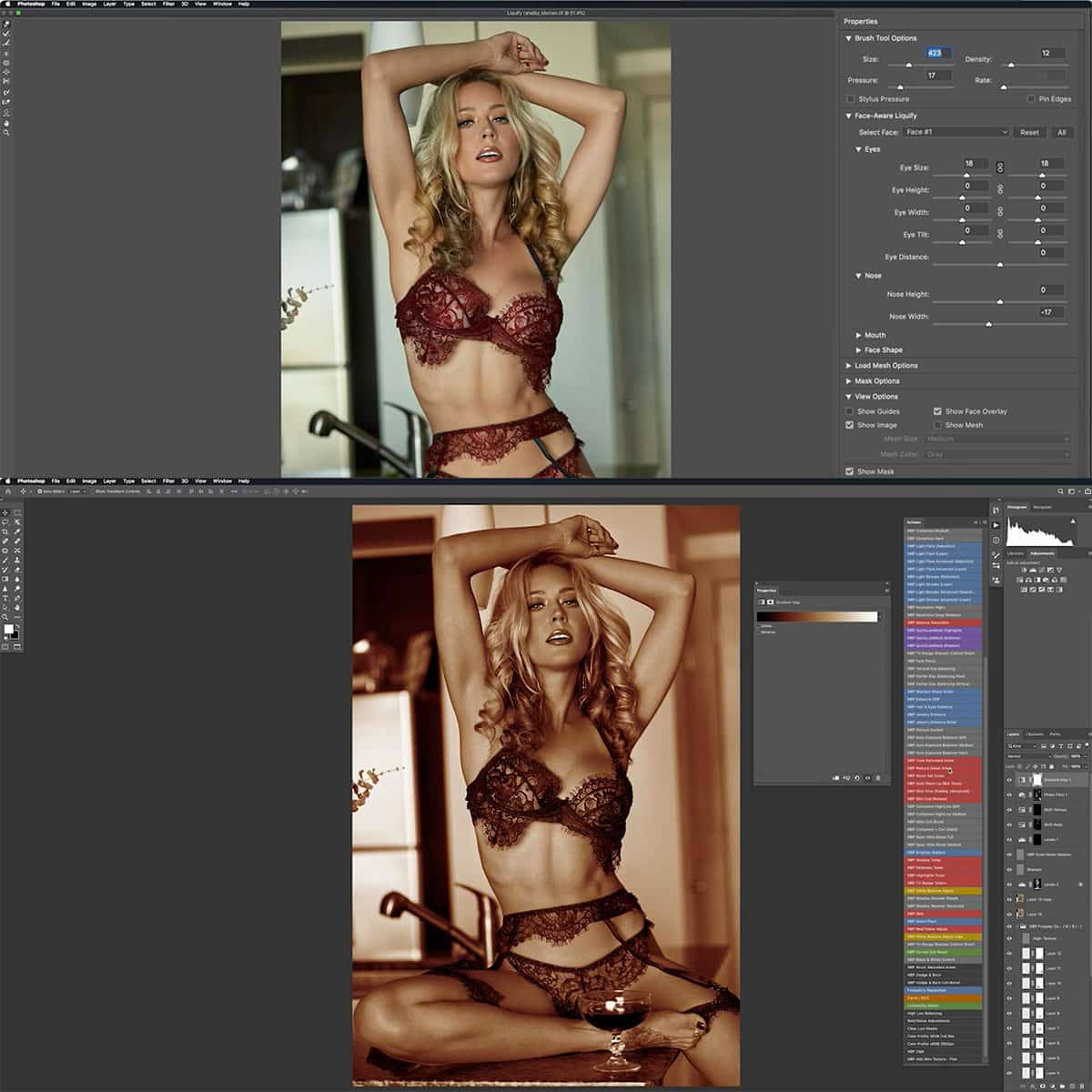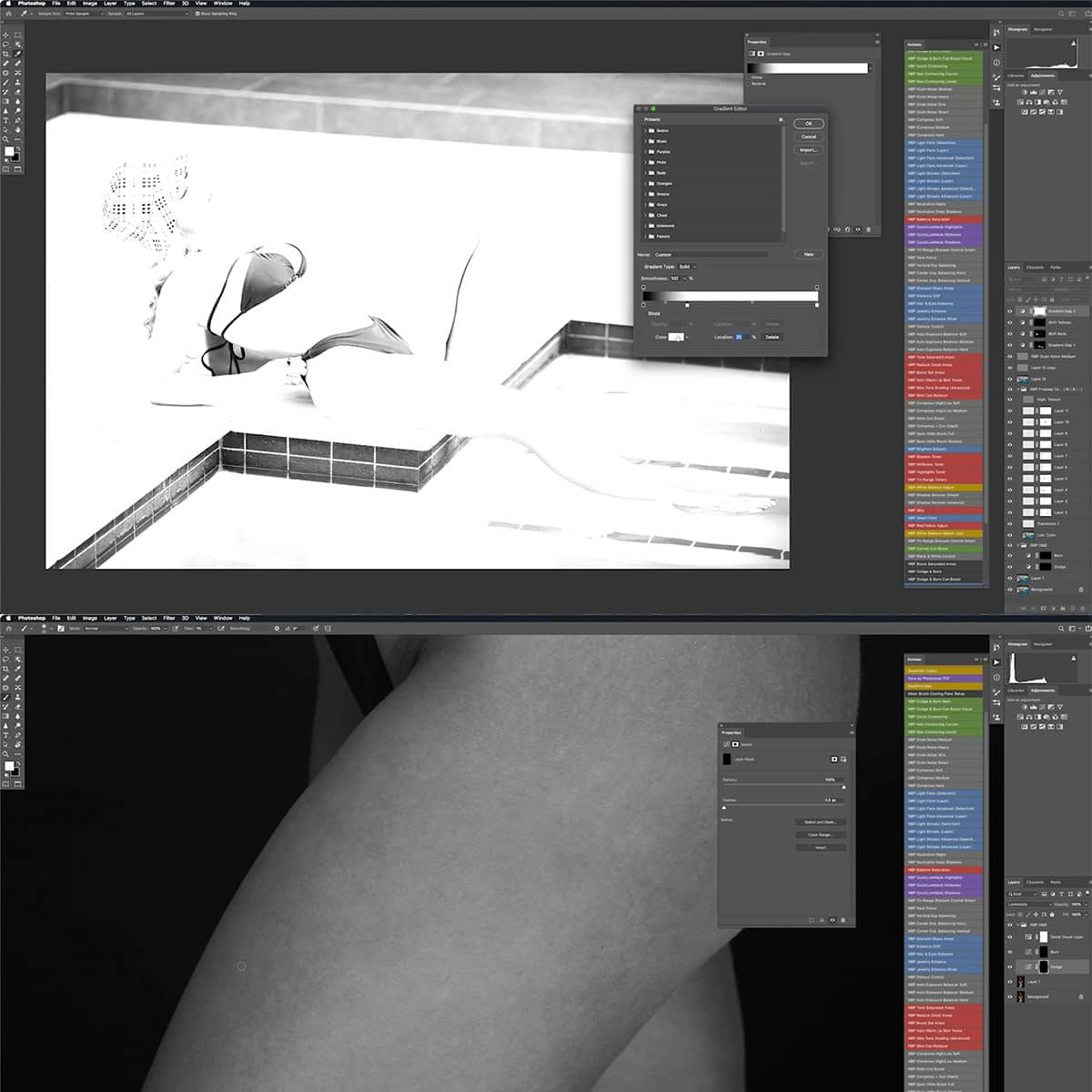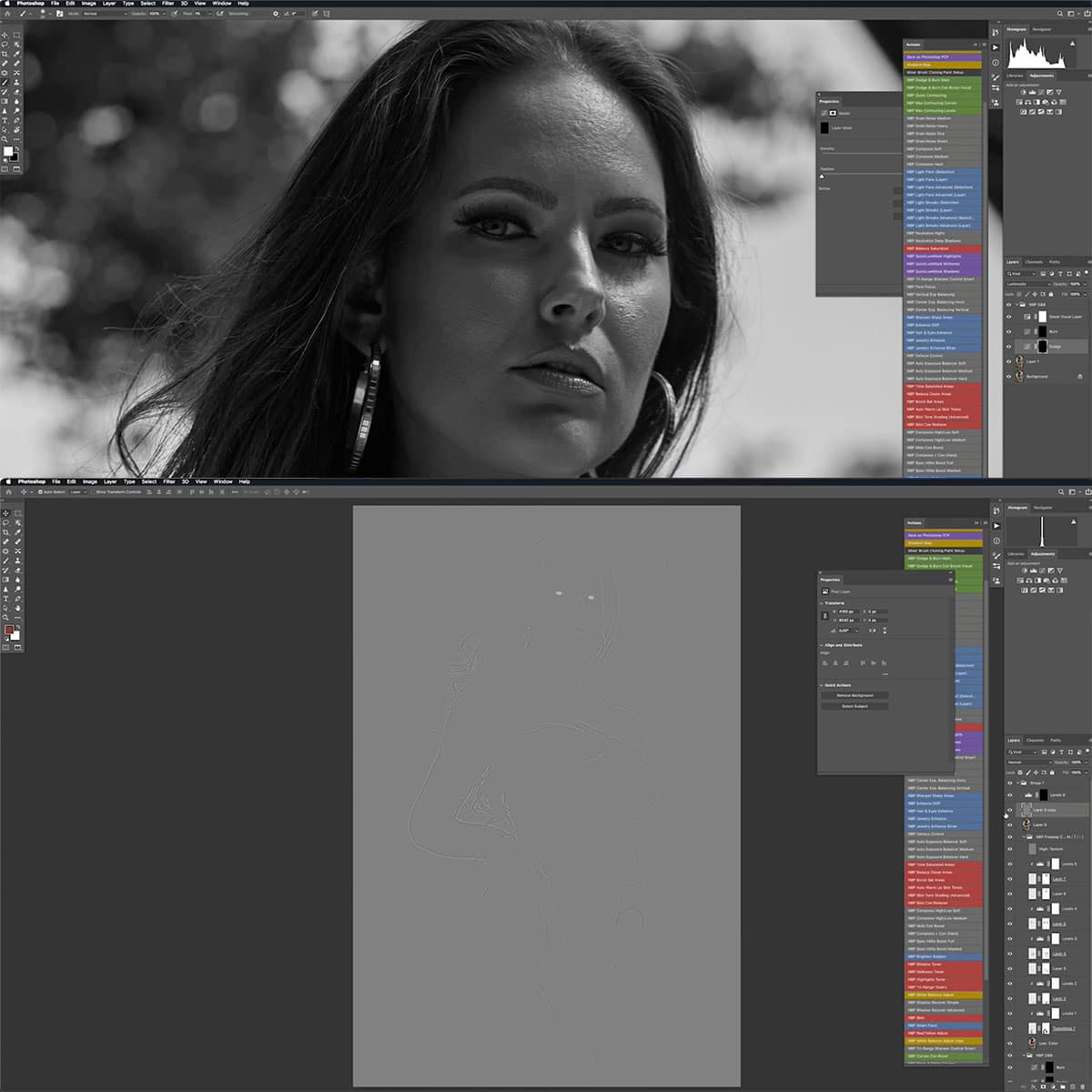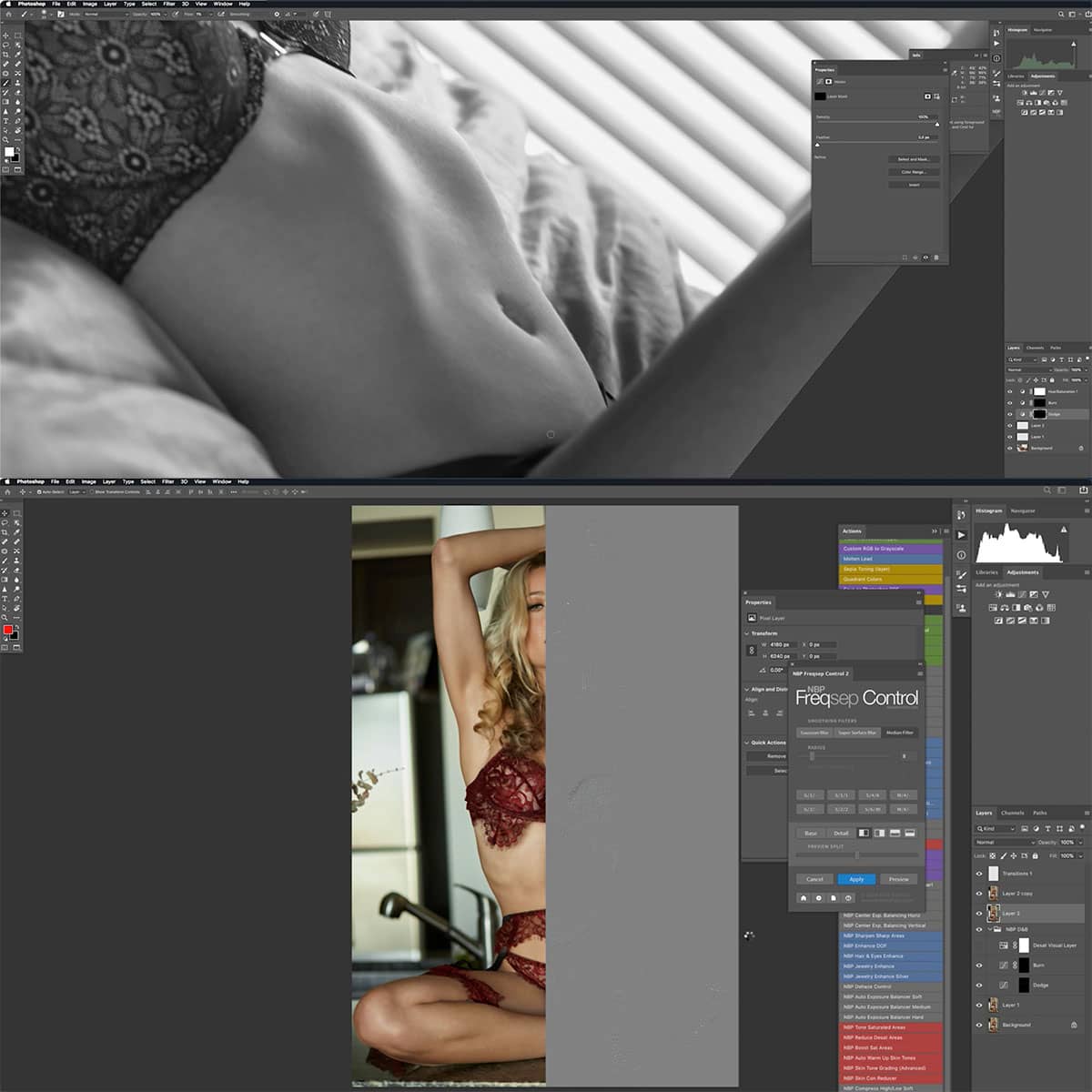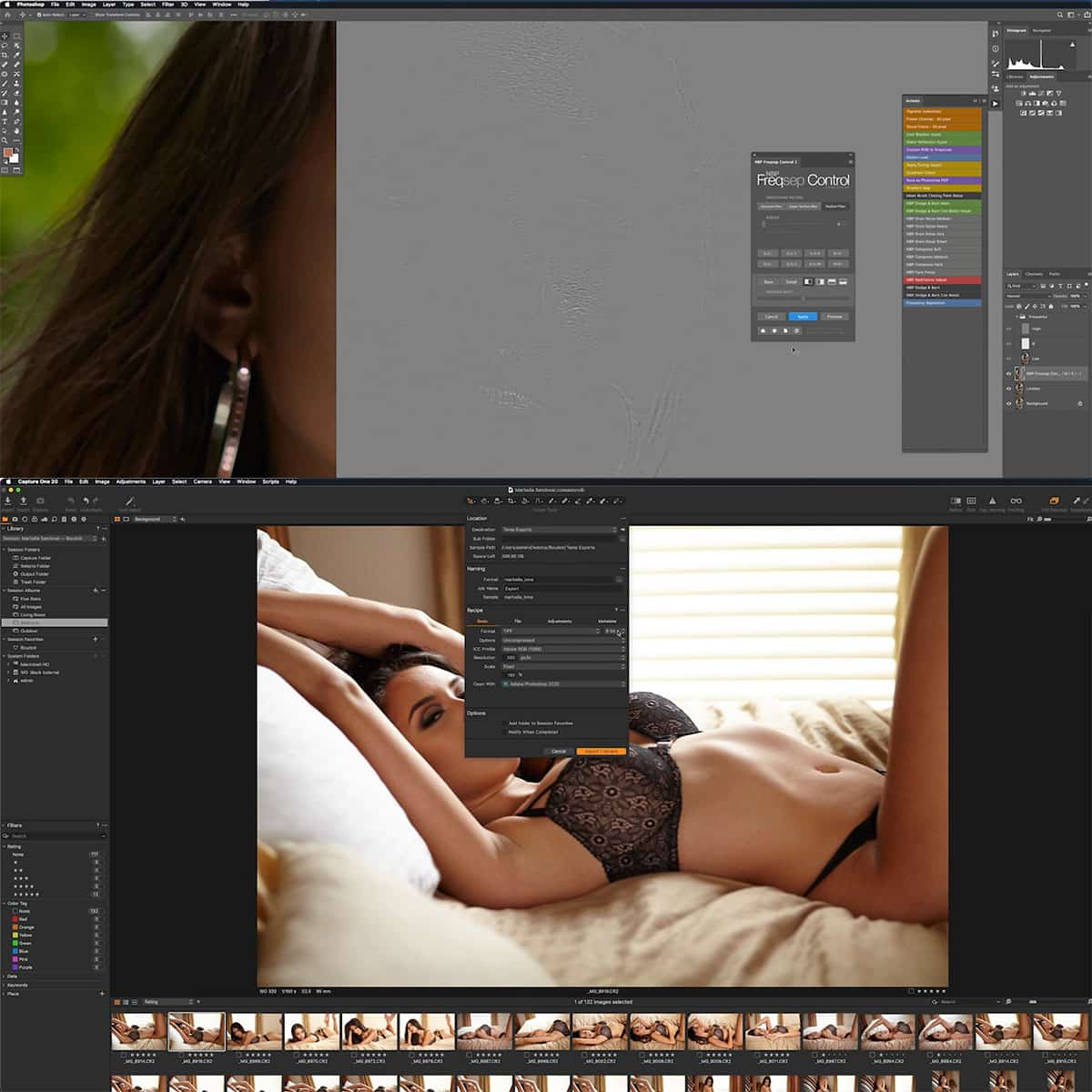Nude Art Photography Essentials: Capturing the Human Form
Nude art photography has been a significant genre within the world of art, engaging audiences with its ability to capture the human form in its most primal state. Stripping away the distractions of clothing and context, it focuses on the beauty, vulnerability, and strength inherent in our bodies.
As a mode of artistic expression, it transcends the mere depiction of nudity to raise questions about aesthetics, norms, and the very nature of what it means to be human. Over time, this genre has pushed the boundaries of both art and societal norms, often challenging viewers to consider their own perceptions of modesty, sexuality, and form.
The practice of photographing the nude form requires a deep understanding of light, shadow, and composition. Artists work meticulously to create images that are not just photographs but pieces of art that stand out for their mastery of the medium and their thought-provoking content.
The nuances involved in this type of photography are vast, considering the ethical and social implications that arise when working with subjects in such an intimate and exposed manner. As a result, photographers often engage with their subjects thoughtfully, ensuring respect and consent, which are paramount to the process.
Before we get into this article, let's start by having an honest conversation with a male and female budoir photographer and discuss the elephant in the room. This video was taken from Playboy photographer Nino Batista's Advanced Skin Retouching Workflow course that you can download here.
Key Takeaways
- Nude art photography emphasizes the human form in a way that intersects with questions of aesthetics and human nature.
- Mastery of light, shadow, and composition is crucial to create compelling images within the genre.
- Ethical considerations are integral to the practice, with respect and consent being vital in the creation of nude art photography.
Taken From Advanced Skin Retouching, Available Here (NSFW)
Historical Context of Nude Art Photography
In this section, we delve into the nuanced progression of photographing the female nude form, a practice that intertwines human beauty with the evolution of fine and contemporary art. Our journey begins with the dawn of photography itself and moves through the eras, marking the contributions of groundbreaking photographers.
Evolution Over Time
The nude has been a subject of profound interest throughout the history of art, transitioning into photography from its classical representations in paintings and sculptures emphasizing light and shadow.
Initially, capturing the human form in photographs continued the traditions established by artists of classical antiquity, emphasizing beauty and idealized proportions.
In the 19th century, as the photographic medium emerged, it offered a new way to explore the nude, combining artistry with emerging technologies. The practice was controversial and carefully managed to maintain societal decorum. Our understanding of the nude in photography evolved alongside shifts in cultural perceptions and artistic movements.
Moving into the 20th century saw a dramatic shift in how photographers approached the human form. Postmodernism and other contemporary movements expanded the boundaries, embracing more abstract and conceptual depictions, highlighting the photograph not just as a replication of beauty, but as a statement on the human condition.
Influential Nude Art Photographers
The landscape of nude art photography has been shaped by numerous influential photographers whose works continue to resonate in fine art and contemporary art circles.
-
Auguste Belloc, a French photographer, made his mark with expressive photographs of nude women, elevating the medium beyond mere representation. His approach was rooted in his background as a painter, as detailed in an article about the Explorers of the Human Form.
- Exploring the evolution of nude photography, we see that photographers pushed the boundaries of what was socially acceptable at the time, often framing their work in contexts that ranged from the scientific to the esoteric. This progression is captured in an Alamy blog entry, tracking the evolution of nude photography.
Our understanding of nude art photography is built upon a rich and varied history, with photographers constantly challenging and redefining the interplay between the nude and the lens. Through our combined knowledge, we continue to explore and appreciate this art form.
Technical Aspects of Nude Photography
Nude photography is an intricate art form that demands precision in technical execution to capture the human form. By mastering camera settings and understanding the interplay of light and composition, we can produce compelling images that celebrate the figure.
Camera Settings and Equipment
The proper selection of camera settings and equipment is fundamental in nude photography. Opting for a full-frame camera and prime lenses with wide apertures allows us to utilize shallow focus for a soft background, ensuring the subject stands out.
Ideally, we keep the exposure settings manual to control the appearance of the skin tones in varying lighting situations. A 50mm or 85mm lens is often preferred for its ability to capture portraits without distorting body proportions. This is essentially the same for color and black and white photography as well.
When it comes to photographers striving for high-end skin results, a resource like Advanced Skin Retouching Workflow can be invaluable, providing techniques that maintain texture while ensuring a polished look.
Lighting and Composition
Lighting plays a pivotal role in shaping the mood of nude art photos. A low-key edge lighting setup accentuates the body's contours, creating dynamic images rich with shadow and highlight contrast. It adds depth and defines the figure within the frame. We can experiment with the position of the lights to achieve the desired effect, ensuring that key aspects of the form are illuminated to guide the viewer's eye.
In terms of composition, we prioritize the arrangement of elements in the frame to create balance and focus. The rule of thirds can be applied to place the subject in an engaging position that also allows for negative space, which can be just as expressive as the figure itself. We should always aim for a composition that feels harmonious and intentional, drawing attention to the beauty of the human body.
Artistic Expression in Nude Photography
We see artistic expression in nude photography as an interplay between concept and medium, where the human form itself becomes a powerful storytelling element. Our goal here is to distill this dynamic art form into its core components.
Conceptualizing the Artwork
When we conceptualize nude art photography, the process is akin to preparing a canvas for painting. Each photograph begins with an idea—a narrative or an emotion we aim to communicate. We consider themes like vulnerability, strength, or the celebration of human diversity, and these concepts shape our visual strategy. For us, the importance lies in crafting an image that transcends the mere depiction of the body, infusing it with meaning that resonates on a deeper, often existential level.
The Human Body as a Canvas
In our craft, the body is more than just the human form; it is a canvas ripe for artistic exploration. We use bodies to explore contours and forms, playing with light and shadow to reveal or conceal, creating a dynamic interplay that gives rise to a distinct beauty.
Our models are integral to this process—through their poses and expressions, they contribute to the narrative of each portrait. We treat the naked human body with the reverence it deserves, ensuring that our works celebrate the human form with respect and artistic integrity.
Ethical and Social Considerations
When we engage in the practice of nude art photography, it is imperative that we address the ethical and social considerations surrounding this art form. These include navigating the nuances of informed consent, understanding societal perception, and representing gender in a thoughtful manner.
Informed Consent
Informed consent is the cornerstone of ethical nude photography. It's our duty to ensure that every model has a clear understanding of what the shoot entails, the intent behind the photographs, and where the images might be displayed.
This process involves detailed discussions and should always be documented through written agreements. Involving the model in the decision-making process regarding poses and levels of nudity not only reflects respect but also promotes a professional and ethical environment.
Societal Perception
Societal perception of nude photography can be polarizing, with some viewing it as an art form and others perceiving it as controversial. As photographers, we must recognize how our work contributes to and challenges the norms within society.
We must aim to create work that respects the dignity of our subjects and is considerate of the diverse audience that will view our photographs. Through our art, we have the opportunity to shift perspectives on beauty, vulnerability, and representation.
Gender Representation
Gender representation in nude photography has long been a subject of intense scrutiny. We have the responsibility to portray both women and men with dignity and equality, actively questioning and expanding the traditional canon that often emphasizes the female body as an object of desire. By broadening our approach, we can illustrate a more inclusive portrayal of human form and challenge the stereotypical ideals of appearance. It is through mindful depiction that we can encourage a respectful and balanced view of all genders.
Prominent Themes and Subjects in Nude Photography
In the realm of nude photography, we find a potent exploration of beauty standards and a profound examination of portraiture and identity. Our approach to these themes uncovers the diverse interpretations of the human form throughout history and in contemporary art.
Exploration of Beauty Standards
In our dissection of beauty standards through nude photography, we must acknowledge the medium's role in challenging and redefining societal norms. Photographers capture diverse bodies to showcase the inherent beauty that deviates from conventional expectations.
By focusing on non-traditional body types, lighting, and poses, the genre broadens our understanding of beauty. For example, we may find works that juxtapose traditional appearances with unconventional ones, thus expanding the dialogue on what constitutes beauty in art.
Portraiture and Identity
Our investigation into portraiture emphasizes the unique stories portraits can tell about individual and collective identity. Through the lens, we trace the contours of personal narratives and cultural backgrounds that are etched in the lines and forms of the human form.
Particularly with portraits of women, the photography bears witness to the shifting tides of empowerment and expression within contemporary art. It’s a reflection of how identity is both shaped by and reflected in our physical embodiments.
Frequently Asked Questions
In this section, we address common inquiries about fine art nude photography, looking at composition, aesthetics, lighting, ethics, emotion, and legal issues.
What are the key elements to consider when composing fine art photographs?
In composing fine art photographs, we focus on elements like balance, contrast, and the use of negative space. It's about finding harmony between the subject and the environment.
How can one ensure the artistic integrity and aesthetic value of fine art photography?
To ensure the artistic integrity and aesthetic value of fine art photography, we prioritize the photographer's vision and intent. We also consider the historical and contemporary standards of what constitutes art in the realm of photography.
What lighting techniques are most effective in creating a compelling fine art photograph?
Soft, diffused lighting often works well to highlight the natural curves and form of the human body. Meanwhile, dramatic lighting can add depth and create a strong emotional impact.
What are some ethical considerations in fine art nude photography?
We must adhere to principles of respect and consent, ensuring that models are comfortable and their boundaries are honored. It's crucial to maintain professionalism at all times.
How does one handle the challenge of conveying emotion in fine art photography?
Conveying emotion involves capturing genuine expressions and using visual metaphors. It's about creating a connection between the viewer and the subject.
What are the legal considerations to take into account when creating and distributing fine art photography?
We navigate legal considerations by adhering to copyright laws and ensuring that models sign release forms. It's also important to be aware of varying obscenity laws in different jurisdictions.


